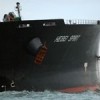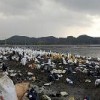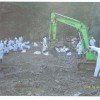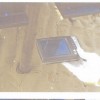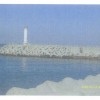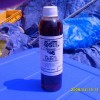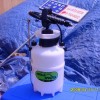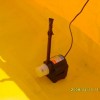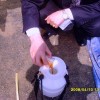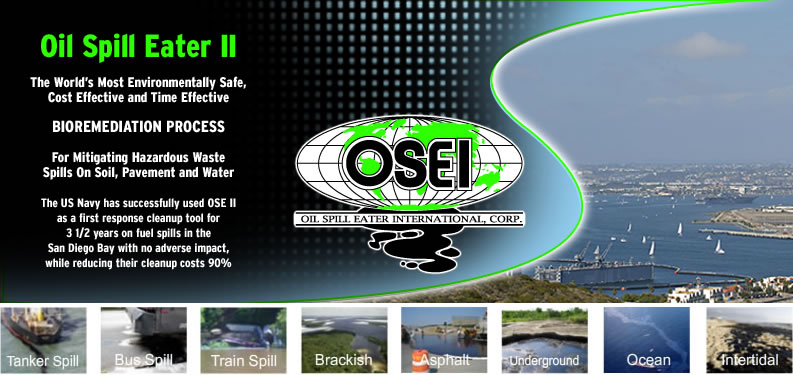


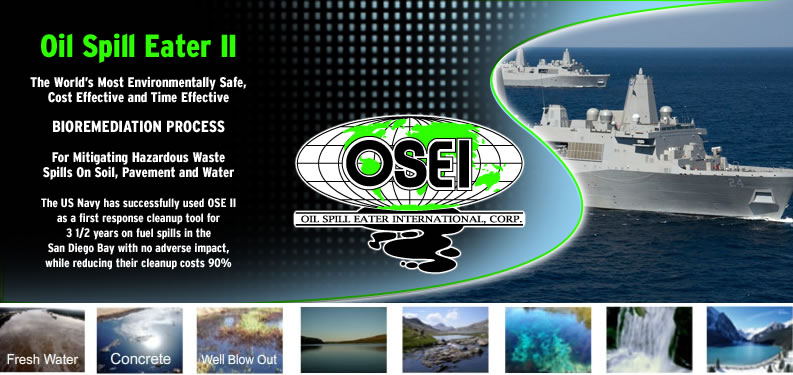
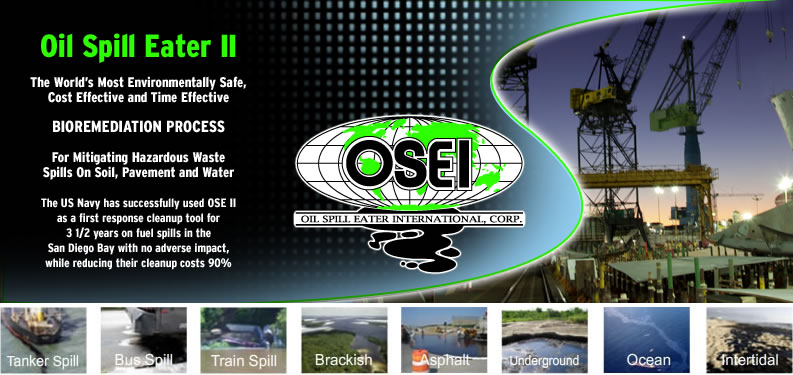
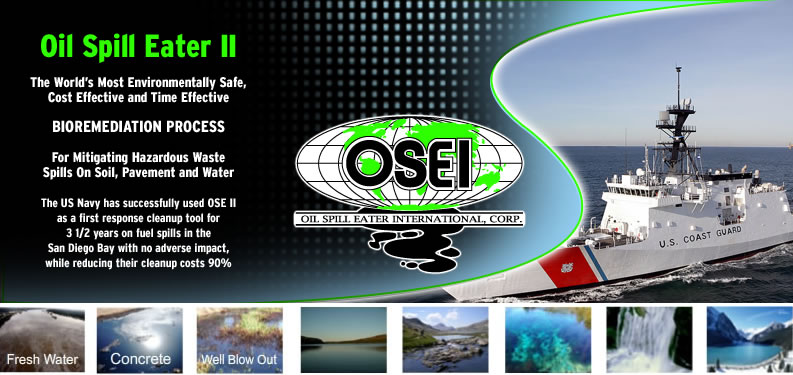
South Korea Hebie Spirit
- The Hebie Spirit Oil tanker was torn open by a passing crane and spilled over 10,500 tons of oil into the South Korean sea
- The Hebie Spirit oil spill covered over 77 kilometers of coastland and island shoreline
- Thousands of volunteers tried to help clean up the Hebie Spirit spill
- South Korea Hebie Spirit oil spill satellite map
- South Korea Hebie Spirit oil spill
- South Korea Hebie Spirit oil spill was an accident. However, these types of accidents do not have to affect the environment and other species on this planet
- Mr. Kim of the Korean Institute of Construction Anticorrosive Technology wanted to help both South Korea and clean the Hebie Spirit oil spill
- 2. Mr. Kim of the Korean Institute, in conjunction with the SK Coast Guard, contracted an independent firm from Houston,Texas to determine the extent of OSEI II\’S oil remediation ability
- 3. Numerous coring samples were taken from the 77 kilometers of contaminated shoreline
- 4. Samples were taken by hand as well from the exposed oil in the sand, rocks, and pebbles
- 5. Machines were used to dredge the beach to discover the depth the oil had percolated to. Oil was found up to 1 meter below the surface of the beach.
- 6. Coring samples discovered oil from 10 millimeters to 1 meter under the surface of the shoreline
- 7. Hydrocarbon meters and viewers were used to observe and quantify the oil contamination from the Hebie Spirit oil tanker
- 8. The samples were placed on ice and prepared for shipment to the lab
- 9. Over 450 samples were sent to a third party lab in Houston, Texas which showed extensive oiling of the subsurface of the Korean Shoreline
- 10. A man made barrier near the Hebie Spirit oil spill showed a stark contrast to the oil-coated pilons
- 11. The Hebie Spirit oil spill coated over 77 kilometers of shoreline which consisted of sand, rock, and man-made barriers
- 12. The test results showed oil under the surface, however there were areas the oil was trapped on top of the sand and rocks
- 13. OSEI Corporation CEO and Chairman met with Mr. Kim and members of the Korean Institute in Mo Hang Harbor, South Korea to survey the Hebie Spirit oil spill
- 14. The Koren Institute and OSEI Corporation determined that a seperate test vessel could be utilized to show how OSEI II remediates oil
- 15. A sample of Oil Spill Eater II (OSE II) was designated for the controlled test at Mo Hang Harbor, South Korea
- 16. Both the Korean Institute and SK Coast Guard wanted to use Bunker C oil, a substance much heavier than what the Hebie Spirit spilled on the South Korean beach
- 17a A pump up hand sprayer was purchased so that a mixture of fresh ocean water and OSE II could be applied to the Bunker C
- 17b Sampling jars were used for extraction for the duration of the test
- 18. Mr. Kim, along with Taen City officials and SK Coast Guard, decided to use a 3m x 3m x 3m test container in the port of Mo Hang, South Korea
- 19. Air and circulation pumps were placed in the bottom of the test container
- 20 Korean Institute officials and SK Coast Guard were on hand for the start of the OSE II test demonstration
- 21. Dr. Lee applied the Bunker C oil to the surface of the ocean water in the test container
- 22. Mr. Kim of the Korean Institute extracting samples of the test oil and ocean water to determine the intial TPH
- 23. The required amount of OSE II is poured into the hand sprayer already filled with fresh ocean water
- 24. Korean Institute officials directly applied the OSE II onto the Bunker C oil that was floating on the fresh ocean water
- 25. South Korean officials. officials of the Korean Institute, and SK Coast Guard observed the initial reactions of the application of OSE II
- 26. The Bunker C oil started to emulsify, or break down, just after the application of OSE II
- 27. The Bunker C oil transferred from the emulsification stage to the solubalization stage, which is the increase in the oil water interface
- 28. On day 2, the oil started to separate and began to lose its adhesion properties
- 29. The oil thinned to the point that it became opaque. At this time, the oils toxicity is reduced, flammability diminished, and adhesion properties decreased.
- 30. The Bunker C oil started to be remediated 3 days after the application of OSE II
- 31. Just as the the thousands of people volunteering, the CEO of OSEI Corporation watched the OSE II remediate the remainder of the Bunker C oil
- 32. OSEI CEO and Chairman discussed the results of the Bunker C oil remeadiating in April 2008
- 33. OSEI CEO and Korean institute officials discussed the results of the oil remediation and future expectations
- 34. Only a fraction of the oil applied at the start of the test remained
- 35. OSEI CEO and Korean Institute officials met with business men from Malaysia to discuss the test results and possibilities of utilizing OSE II in Malaysia
- 36. OSEI CEO and Chairman met with Petyronas Oil officials from Kuala Lampure at the test site to discuss the use of OSE II in the countries that they do business in
- 36a. U.S. NOAA associates witnessed the ODSE II test demonstration at the port of Mo Hang, South Korea
- 36b. Korean Institute official explained the results of OSE II bioremediating the Bunker C oil in the test container at Mo Hang Harbor with U.S. NOAA associates present
- 37. On May 5, 2008 the test demonstration at Mo Hang Harbor concluded that since there was no more visible oil, of which subsequent testing showed no ppm, the OSEI II is an effective way to clean up oil spills
- 38. By day 25 of the test demonstration, the oil was remediated to carbon dioxide and water. Several species were found living in the water
